Home>Furniture & Design>Outdoor Furniture>How To Care For Outdoor Potted Palm Trees
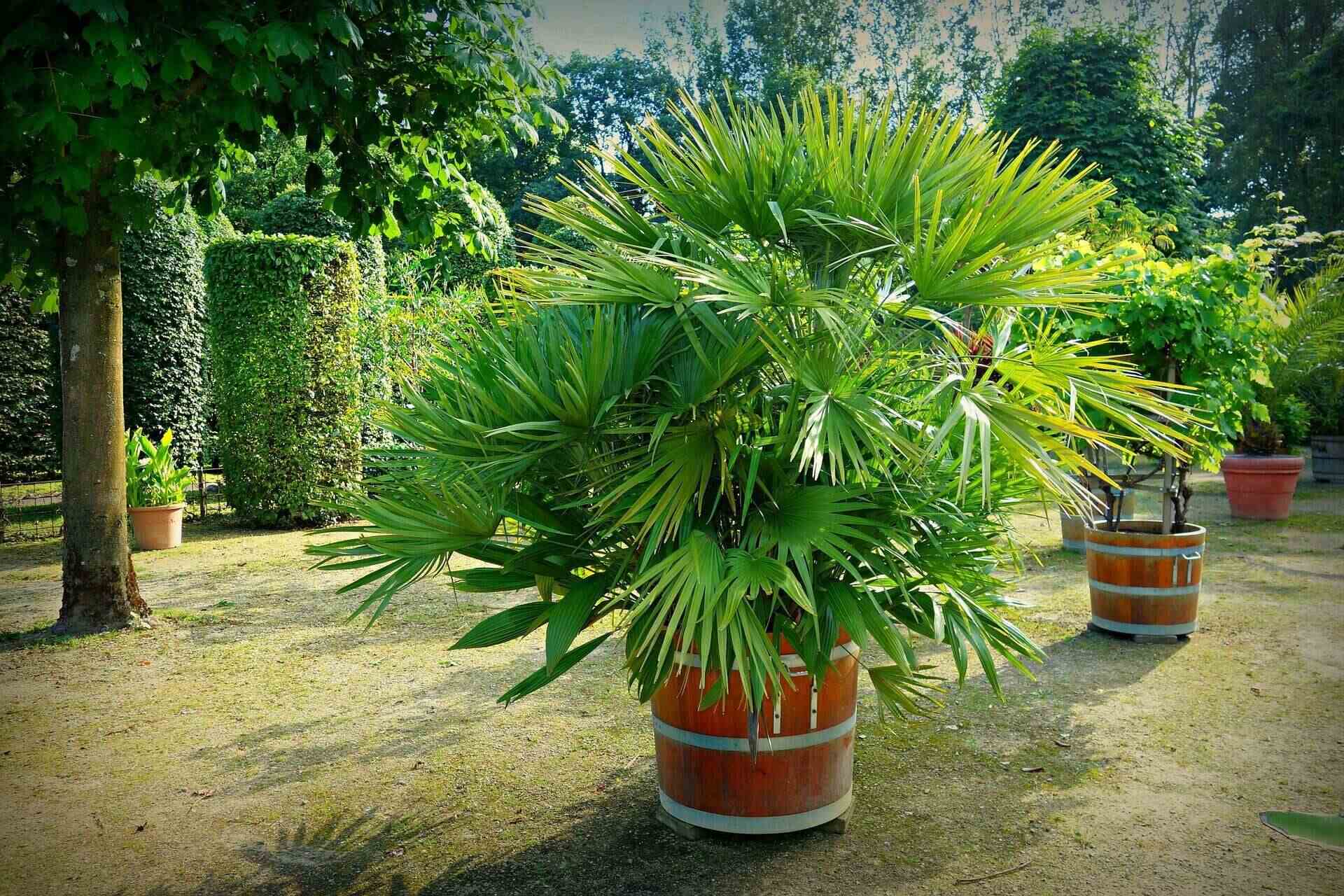

Outdoor Furniture
How To Care For Outdoor Potted Palm Trees
Published: January 11, 2024
Discover the best practices for caring for outdoor potted palm trees with our expert tips and advice. Keep your outdoor furniture and design looking its best with our comprehensive care guide.
(Many of the links in this article redirect to a specific reviewed product. Your purchase of these products through affiliate links helps to generate commission for Storables.com, at no extra cost. Learn more)
Introduction
Outdoor potted palm trees are a magnificent addition to any garden or outdoor space, bringing a touch of tropical elegance to the surroundings. These iconic plants evoke a sense of relaxation and tranquility, creating a serene ambiance wherever they are placed. However, to ensure that your outdoor potted palm trees thrive and continue to enhance your outdoor living area, proper care and maintenance are essential.
In this comprehensive guide, we will explore the various aspects of caring for outdoor potted palm trees, from selecting the ideal location and pot to watering, fertilizing, pruning, and protecting these majestic plants from pests and diseases. Additionally, we will delve into the specific considerations for winter care, ensuring that your palm trees remain healthy and vibrant throughout the colder months.
Whether you are a seasoned gardener or a novice plant enthusiast, understanding the nuances of caring for outdoor potted palm trees will empower you to cultivate a lush and inviting outdoor oasis. So, let's embark on this enlightening journey and unravel the secrets to nurturing and preserving the beauty of these striking botanical wonders.
Key Takeaways:
- Choosing the right location and pot for outdoor potted palm trees is crucial for their health. Consider sunlight, drainage, and pot size to create a thriving environment for these tropical beauties.
- Regular pruning, pest protection, and winter care are essential for keeping outdoor potted palm trees healthy. By tending to their needs, you can create a lush and inviting outdoor oasis.
Read more: How Often To Water Outdoor Palm Trees
Choosing the Right Location
When it comes to caring for outdoor potted palm trees, selecting the right location is paramount. Palm trees thrive in environments that mimic their natural habitat, so it’s crucial to choose a spot that provides the ideal conditions for their growth and development.
First and foremost, consider the amount of sunlight that the chosen location receives. Most palm species flourish in bright, indirect light, so aim to place your potted palm trees in an area that offers ample sunshine without subjecting them to harsh, direct rays. If you’re cultivating tropical palm varieties, such as the majestic Areca palm or the graceful Parlor palm, they will benefit from partial shade, especially during the hottest part of the day.
Furthermore, it’s essential to assess the surrounding microclimate. Outdoor potted palm trees are sensitive to temperature fluctuations and exposure to strong winds. Therefore, seek out a sheltered location that shields the palms from gusty winds and extreme weather conditions. Additionally, consider the overall climate of your region and choose palm species that are well-suited to the local climate, ensuring that they can thrive and flourish in their new environment.
Another crucial factor to take into account is the drainage of the chosen location. Palm trees detest standing water, so it’s imperative to position the pots in an area with excellent drainage to prevent waterlogging. This will help safeguard the roots from rot and other moisture-related issues, promoting the overall health and vitality of the palm trees.
By carefully assessing and selecting the right location for your outdoor potted palm trees, you can lay a solid foundation for their well-being and longevity. Paying attention to sunlight exposure, microclimate, climate suitability, and drainage will set the stage for these magnificent plants to thrive and grace your outdoor space with their timeless allure.
Selecting the Right Pot
Choosing the appropriate pot for your outdoor potted palm trees is a crucial step in ensuring their health and vitality. The right pot not only complements the aesthetic appeal of the palm trees but also provides the necessary space and support for their root systems to flourish.
When selecting a pot for your palm trees, opt for a container that is spacious enough to accommodate the plant’s root ball with room to grow. Palm trees generally have extensive root systems, so a deep and wide pot is essential for their development. Additionally, ensure that the pot has drainage holes to prevent water from accumulating at the bottom, as excess moisture can lead to root rot and other detrimental conditions.
Consider the material of the pot as well. While terracotta and ceramic pots are popular choices for their aesthetic appeal, they tend to absorb moisture, which can impact the soil’s moisture levels and the overall watering requirements of the palm trees. Alternatively, lightweight and durable plastic pots provide excellent drainage and moisture retention, promoting a healthy root environment for the palm trees.
Furthermore, assess the weight of the pot, especially if you plan to move the palm trees frequently or during inclement weather. Lightweight pots made from modern composite materials offer the advantage of easy maneuverability without compromising on sturdiness, making them a practical choice for outdoor potted palm trees.
Lastly, consider the aesthetic and functional aspects of the pot. Choose a design and color that complements the overall outdoor space while ensuring that the pot’s size and shape provide ample stability for the palm trees. Additionally, consider the long-term growth of the palm trees and select a pot that can accommodate their increasing size without causing restrictions or overcrowding.
By thoughtfully selecting the right pot for your outdoor potted palm trees, you can create an optimal environment for their growth and prosperity. A well-chosen pot not only supports the health of the palm trees but also adds a touch of elegance to your outdoor setting, elevating the visual appeal of your garden or patio.
Watering and Fertilizing
Proper watering and fertilizing are essential components of caring for outdoor potted palm trees, as they directly impact the plants’ growth, resilience, and overall well-being. Understanding the specific watering and fertilizing needs of palm trees will enable you to nurture them effectively and ensure their continued vitality.
When it comes to watering outdoor potted palm trees, it’s crucial to strike a balance that provides adequate moisture without causing waterlogged conditions. Palm trees prefer well-draining soil, so it’s essential to water them thoroughly, allowing excess water to drain freely from the pot. However, avoid overwatering, as this can lead to root rot and other moisture-related issues. A good practice is to allow the top inch of the soil to dry out before watering again, ensuring that the roots receive the right amount of moisture without becoming waterlogged.
Additionally, consider the seasonal variations in watering requirements. During the warmer months or in hot, dry climates, palm trees may require more frequent watering to combat dehydration. Conversely, in cooler weather or during the dormant season, reduce the frequency of watering to prevent waterlogging and promote healthy root development.
When it comes to fertilizing outdoor potted palm trees, it’s essential to provide them with a balanced and appropriate fertilizer to support their nutritional needs. Look for a slow-release, palm-specific fertilizer that contains essential nutrients such as nitrogen, potassium, and phosphorus, as well as micronutrients like magnesium and manganese. Apply the fertilizer according to the manufacturer’s instructions, ensuring that it is evenly distributed and gently worked into the top layer of the soil.
Consider using a liquid fertilizer as well, especially during the growing season, to supplement the palm trees’ nutritional requirements. Liquid fertilizers can be applied directly to the soil or mixed with water for easy absorption, providing an extra boost of nutrients to support healthy foliage and robust growth.
By understanding the intricacies of watering and fertilizing outdoor potted palm trees, you can establish a nurturing routine that promotes their overall health and vigor. Consistent and mindful watering, coupled with appropriate fertilization, will contribute to the lushness and vibrancy of your palm trees, enhancing the beauty of your outdoor space.
Place outdoor potted palm trees in a location with bright, indirect sunlight and water them regularly, allowing the soil to dry out slightly between waterings to prevent root rot.
Pruning and Maintenance
Pruning and maintenance play a pivotal role in the care and upkeep of outdoor potted palm trees, contributing to their aesthetic appeal, structural integrity, and overall health. By incorporating regular pruning and maintenance practices, you can ensure that your palm trees remain visually striking and robust, enhancing the allure of your outdoor living area.
One of the primary objectives of pruning is to remove dead or yellowing fronds, promoting the growth of new, healthy foliage. When pruning outdoor potted palm trees, focus on trimming fronds that are discolored, damaged, or no longer viable. Use sharp, clean pruning shears to make precise cuts, avoiding any unnecessary stress or injury to the palm trees.
Additionally, consider the overall shape and symmetry of the palm trees when pruning. Remove any offshoots or suckers that detract from the desired form, ensuring that the palm trees maintain an elegant and balanced appearance. However, exercise caution when pruning, as overzealous trimming can disrupt the natural beauty of the palm trees and impede their growth.
Regular maintenance tasks, such as cleaning the leaves and inspecting the pots for debris or pests, are also vital for the well-being of outdoor potted palm trees. Gently wipe the leaves with a damp cloth to remove dust and grime, allowing the foliage to breathe and photosynthesize effectively. Additionally, inspect the pots for any accumulated debris, ensuring that the drainage holes are clear and unobstructed.
Furthermore, monitor the palm trees for signs of pests or diseases, addressing any issues promptly to prevent them from spreading and causing harm. Common pests that may affect outdoor potted palm trees include spider mites, aphids, and scale insects, while diseases such as fungal infections can also pose a threat. Utilize organic pest control methods and appropriate treatments to safeguard the palm trees from infestations and diseases, preserving their health and vitality.
By incorporating regular pruning and maintenance into your care routine, you can uphold the beauty and well-being of your outdoor potted palm trees. These practices not only contribute to the visual appeal of the palm trees but also ensure that they remain resilient and vibrant, enriching your outdoor space with their timeless charm.
Read more: How To Plant Palm Tree Seeds
Protecting from Pests and Diseases
Protecting outdoor potted palm trees from pests and diseases is essential for maintaining their health and vigor. These majestic plants are susceptible to a range of pests and ailments, making proactive prevention and intervention crucial for safeguarding their well-being and longevity.
One of the most effective strategies for protecting palm trees from pests is to maintain a clean and hygienic environment. Regularly remove fallen leaves, debris, and any decaying organic matter from the vicinity of the palm trees, as these can harbor pests and provide an environment conducive to infestations. Additionally, inspect the foliage and stems for signs of pests such as spider mites, aphids, or scale insects, addressing any issues promptly to prevent them from spreading.
Furthermore, consider utilizing natural pest control methods to deter and manage pests effectively. Beneficial insects such as ladybugs and lacewings can help control aphid populations, while neem oil and insecticidal soaps offer environmentally friendly options for managing common pests without harming the palm trees or beneficial organisms.
In addition to pests, outdoor potted palm trees are vulnerable to various diseases, including fungal infections and bacterial issues. To mitigate the risk of diseases, ensure that the palm trees are not overwatered, as excess moisture can create an environment conducive to fungal growth. Implement a balanced watering routine that allows the soil to dry out slightly between waterings, preventing waterlogged conditions that can compromise the health of the palm trees.
Furthermore, maintain good air circulation around the palm trees to discourage the development of fungal infections. Prune away any overcrowded or overlapping fronds, allowing for adequate airflow and reducing the risk of moisture-related diseases. Additionally, avoid overhead watering, as damp foliage can exacerbate fungal issues, opting instead for targeted watering at the base of the palm trees.
Regularly inspect the palm trees for any signs of discoloration, wilting, or unusual growth, as these can indicate underlying health issues. Address any concerns promptly, seeking guidance from a horticultural expert if necessary to diagnose and treat potential diseases effectively.
By implementing proactive measures to protect outdoor potted palm trees from pests and diseases, you can fortify their resilience and ensure their continued vitality. Creating a harmonious and pest-resistant environment for the palm trees will enable them to thrive and grace your outdoor space with their timeless beauty.
Winter Care
Winter presents unique challenges for outdoor potted palm trees, especially in regions where temperatures drop significantly. Proper winter care is essential to protect these tropical plants from the adverse effects of cold weather and ensure their survival and vitality during the dormant season.
One of the primary considerations for winter care is to shield outdoor potted palm trees from freezing temperatures. If you live in a climate where frost or freezing conditions are common, it’s crucial to move the palm trees to a sheltered location, such as a greenhouse, conservatory, or indoor area, before the onset of cold weather. Providing a protective enclosure shields the palm trees from the harsh elements, preventing cold damage and preserving their health.
If moving the palm trees indoors is not feasible, consider insulating the pots to protect the root systems from freezing. Wrapping the pots with insulating materials such as burlap or frost cloth can provide an additional layer of protection against the cold, helping to maintain a more stable root environment for the palm trees.
During the winter months, adjust the watering regimen to accommodate the palm trees’ reduced growth and metabolic activity. While it’s essential to prevent the soil from drying out completely, reduce the frequency of watering to account for the decreased water requirements of the palm trees during the dormant season. Be mindful of the moisture levels in the soil, ensuring that it remains slightly moist but not waterlogged.
Additionally, monitor the indoor environment if the palm trees are moved indoors for the winter. Indoor heating can lead to drier air, which may affect the palm trees’ moisture needs. Consider using a humidifier to maintain adequate humidity levels, creating a more favorable microclimate for the palm trees and mitigating the effects of dry indoor air.
Regularly inspect the palm trees for signs of stress or cold damage, paying attention to the foliage, stems, and overall appearance. Address any concerns promptly, providing appropriate care and attention to support the palm trees through the winter months.
By implementing thoughtful winter care practices, you can protect outdoor potted palm trees from the challenges posed by cold weather, ensuring that they emerge from the dormant season healthy and resilient. With proper protection and attentive care, your palm trees will continue to thrive and enchant with their timeless allure, adding a touch of tropical splendor to your outdoor space.
Conclusion
Caring for outdoor potted palm trees is a rewarding endeavor that allows you to cultivate a lush and inviting outdoor oasis. These iconic plants, with their graceful fronds and timeless elegance, have the power to transform any garden or patio into a tropical paradise, evoking a sense of relaxation and tranquility. By embracing the essential aspects of palm tree care, from selecting the right location and pot to implementing proper watering, fertilizing, pruning, and protection from pests and diseases, you can ensure that your palm trees thrive and flourish, gracing your outdoor space with their enduring beauty.
Choosing the right location for your outdoor potted palm trees sets the stage for their well-being, providing the ideal environment for their growth and development. Selecting a suitable pot that offers ample space, drainage, and stability is essential for supporting the palm trees’ root systems and overall health. By understanding the nuances of watering and fertilizing, you can establish a nurturing routine that sustains the vitality and lushness of the palm trees, promoting healthy foliage and robust growth.
Incorporating regular pruning and maintenance practices not only enhances the visual appeal of the palm trees but also contributes to their structural integrity and overall health. Protecting the palm trees from pests and diseases through proactive measures and natural pest control methods safeguards their resilience and ensures their continued vitality.
During the winter months, providing thoughtful care and protection shields outdoor potted palm trees from the challenges of cold weather, preserving their health and vitality during the dormant season. By implementing these comprehensive care practices, you can create an enchanting outdoor sanctuary adorned with thriving palm trees, enriching your outdoor living area with a touch of tropical splendor.
Ultimately, the care and maintenance of outdoor potted palm trees are a testament to your dedication to nurturing nature’s beauty. As you tend to these majestic plants with attentiveness and care, you forge a harmonious connection with the natural world, creating a serene and captivating outdoor space that invites relaxation and rejuvenation. Embrace the art of palm tree care, and witness the timeless allure of these botanical wonders as they flourish and enrich your outdoor environment with their enduring charm.
Frequently Asked Questions about How To Care For Outdoor Potted Palm Trees
Was this page helpful?
At Storables.com, we guarantee accurate and reliable information. Our content, validated by Expert Board Contributors, is crafted following stringent Editorial Policies. We're committed to providing you with well-researched, expert-backed insights for all your informational needs.
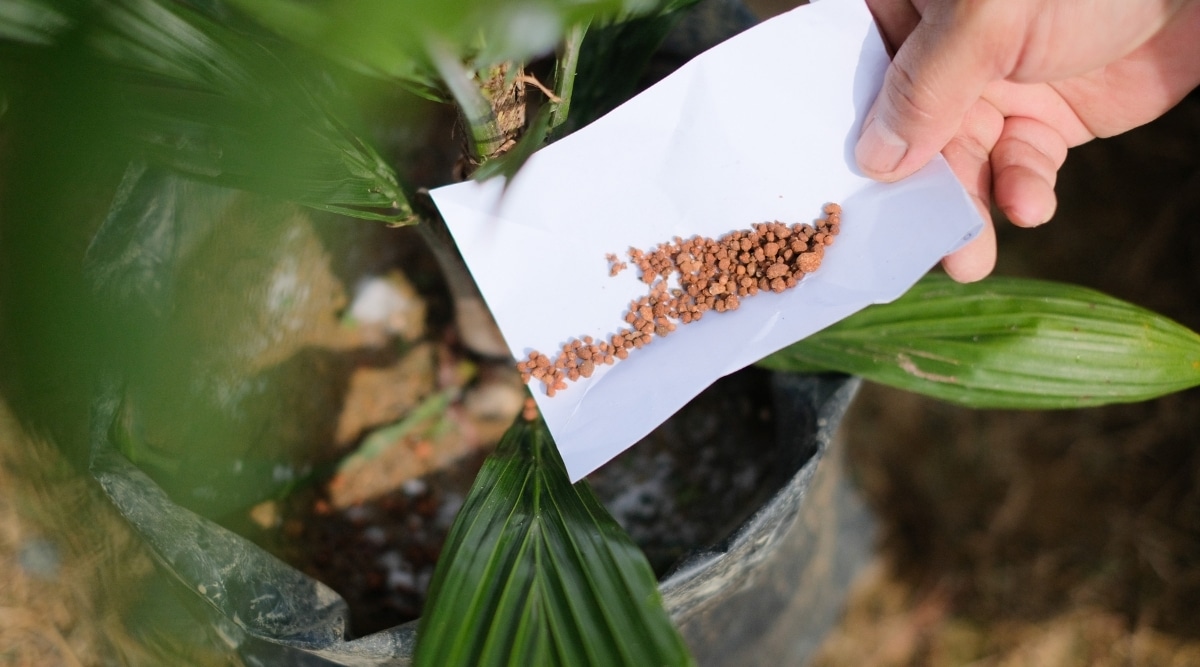
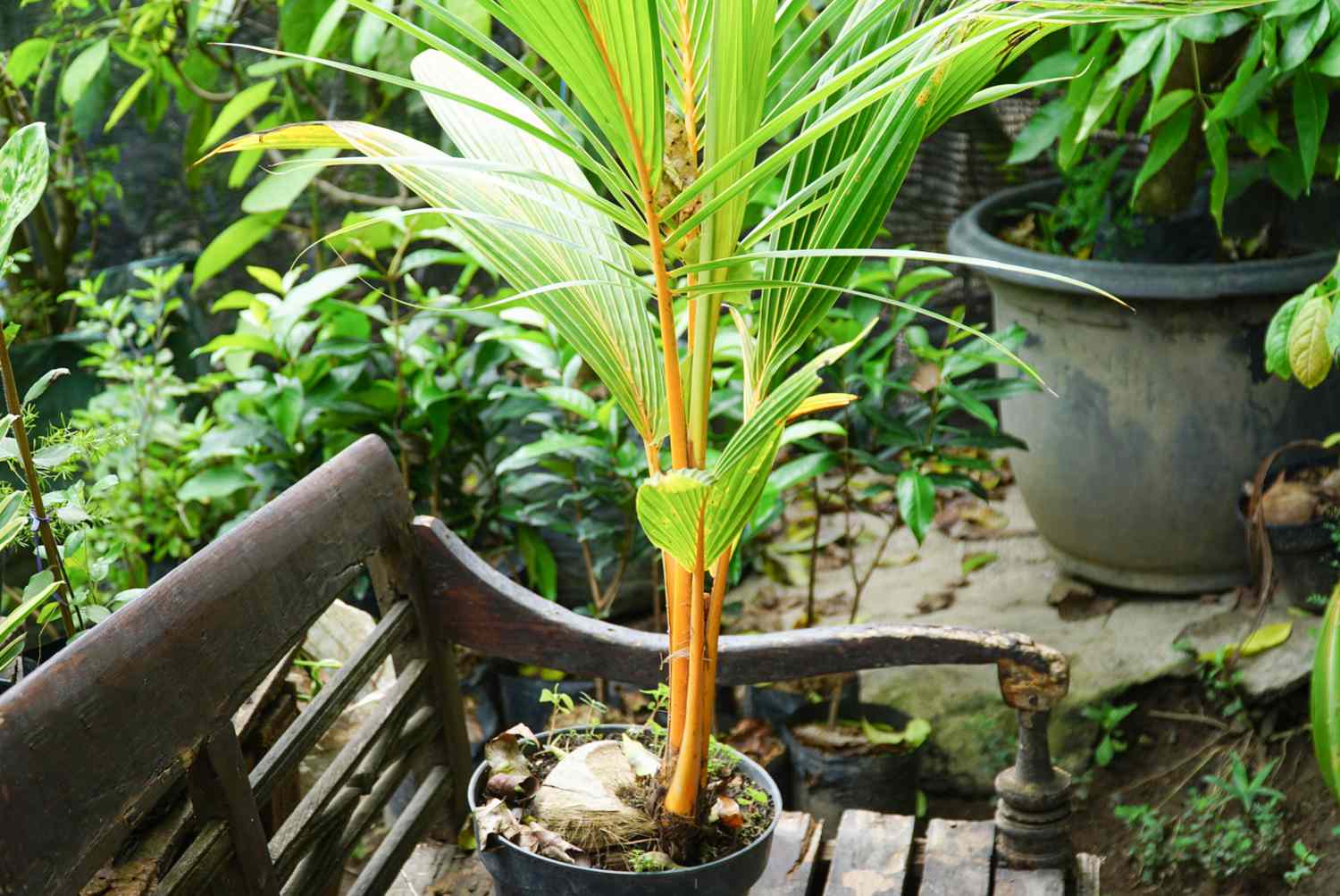
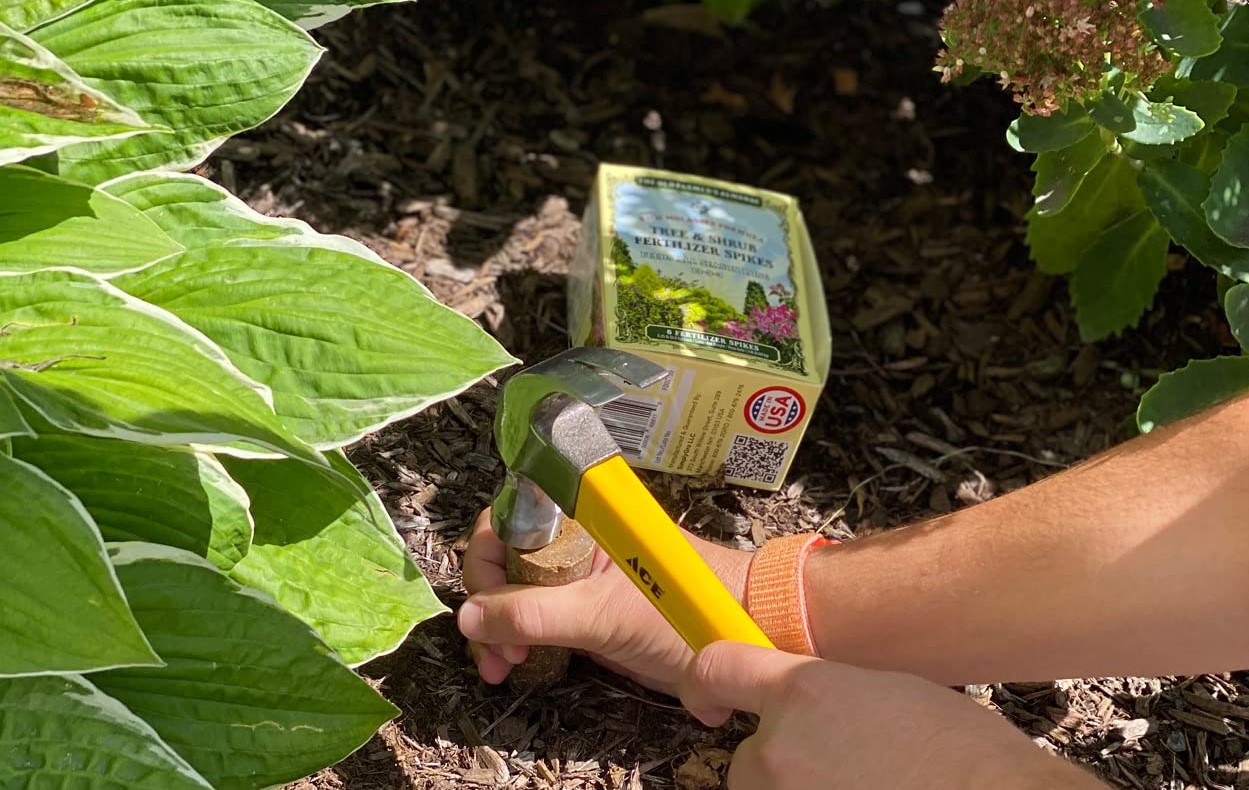
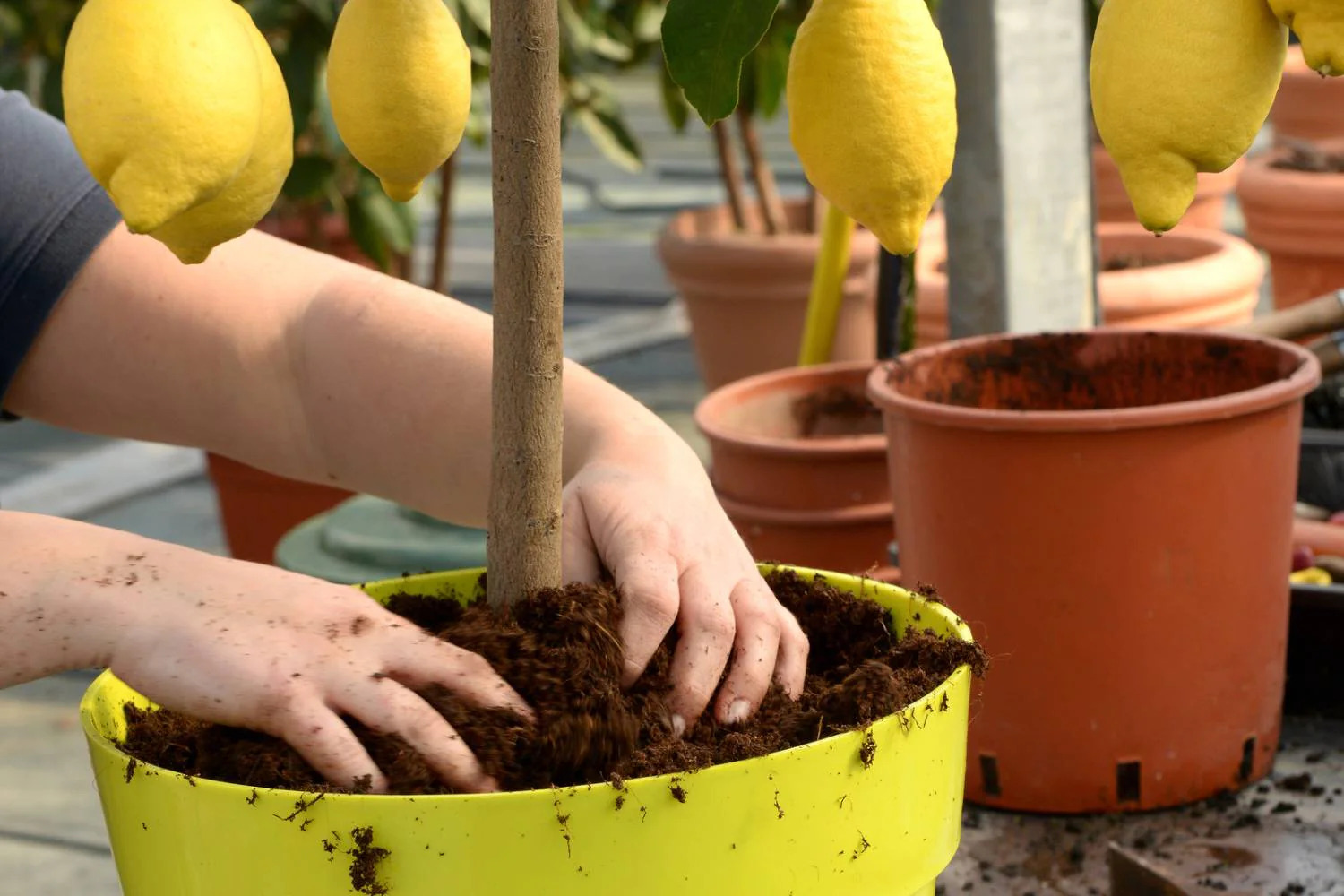
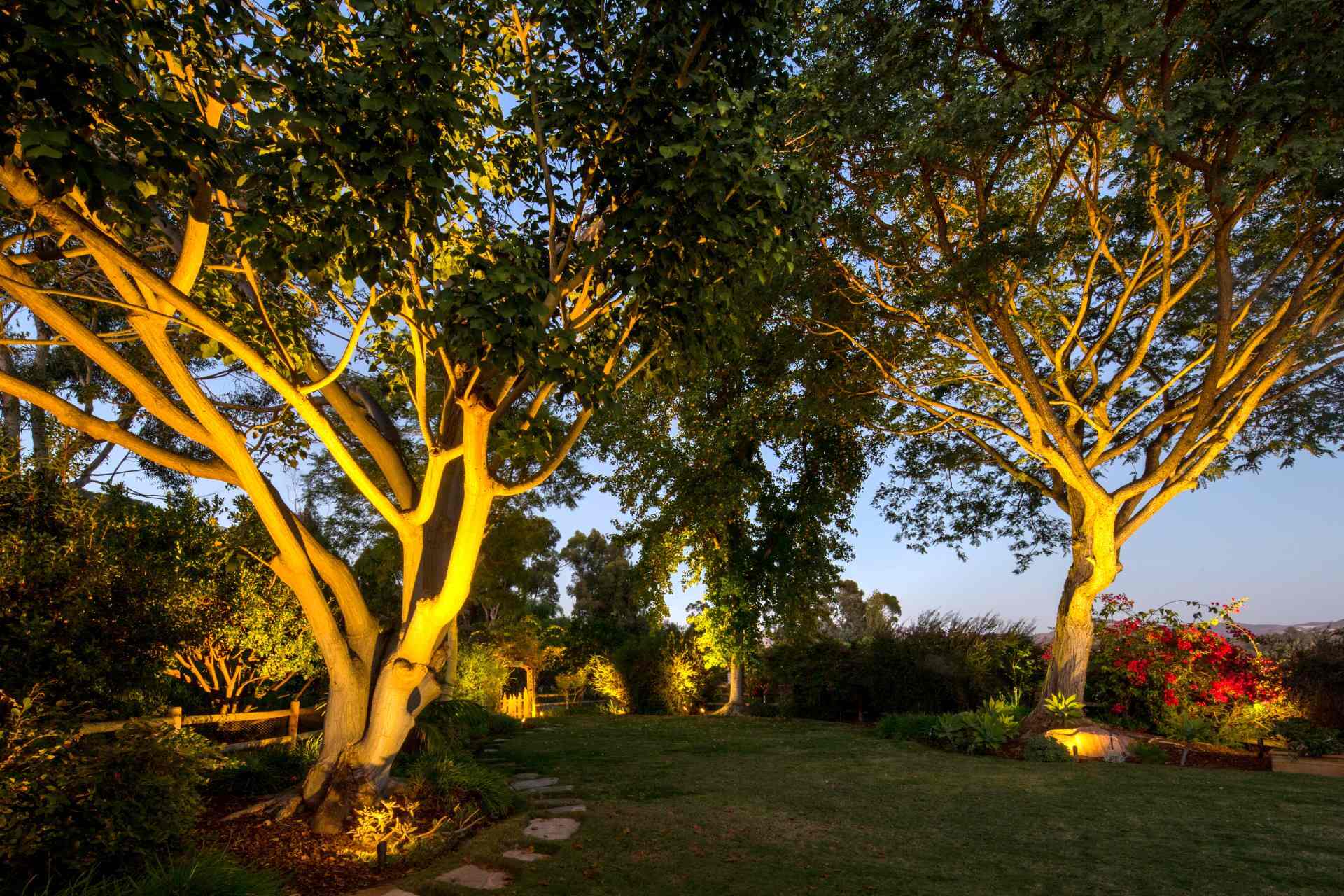
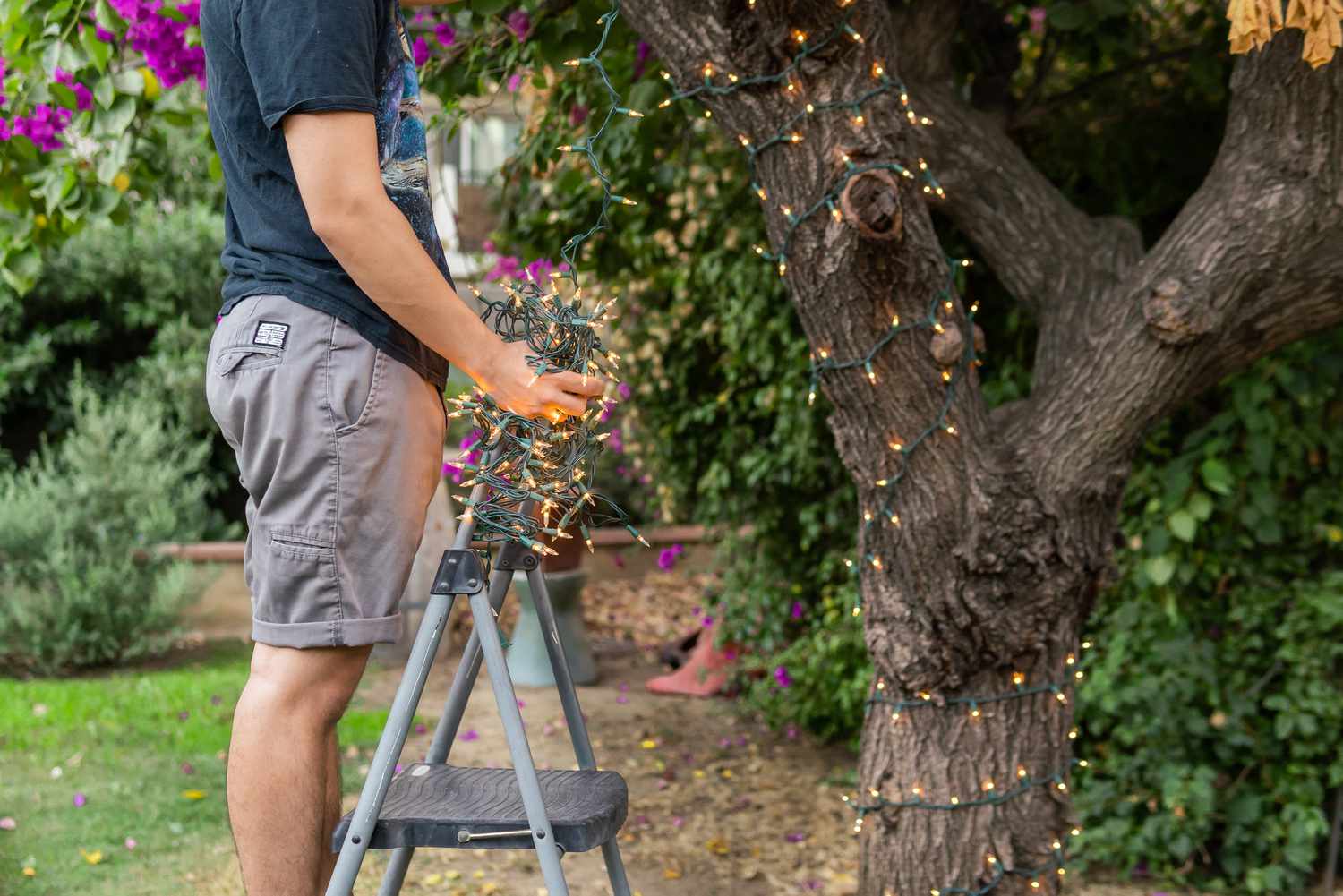
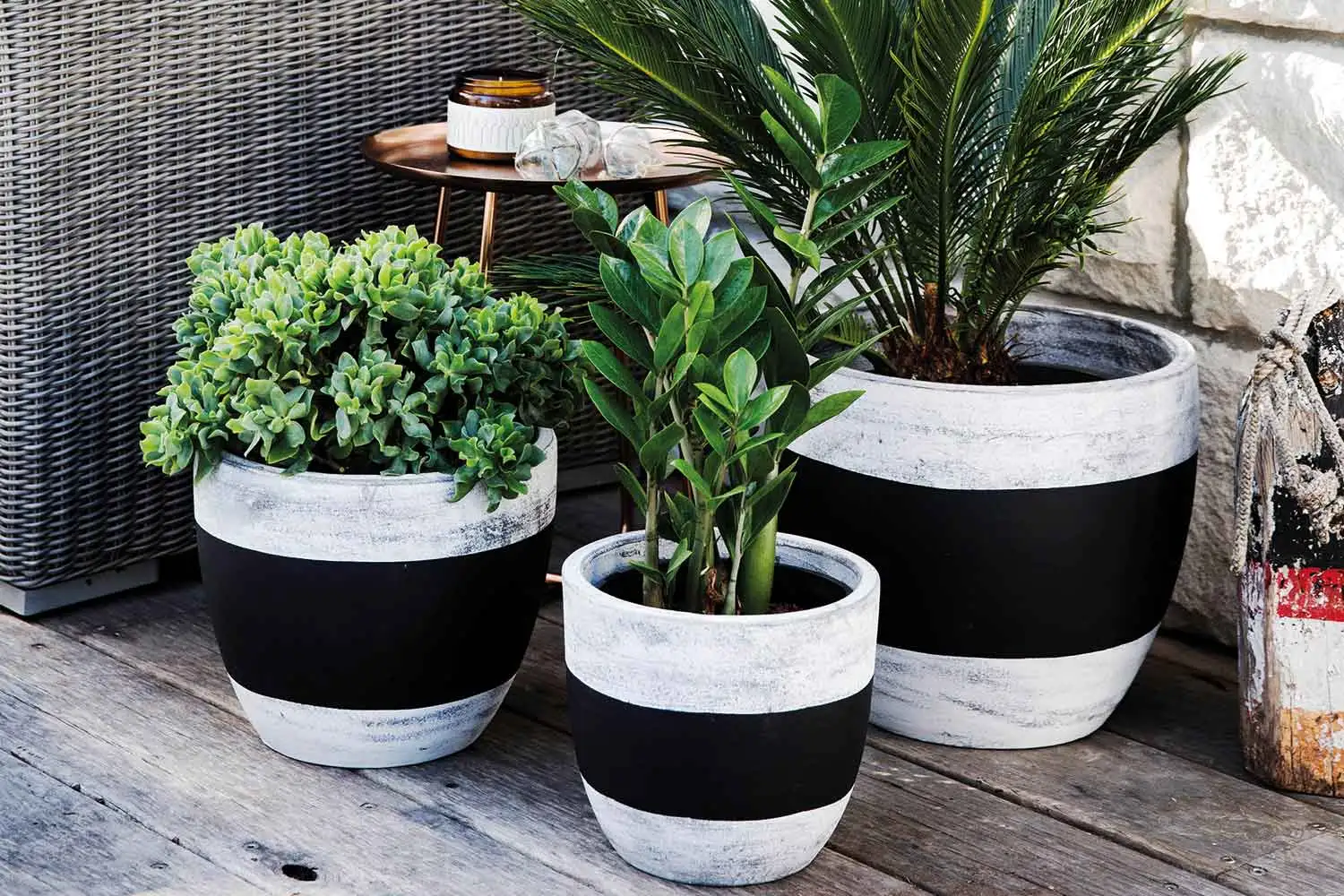
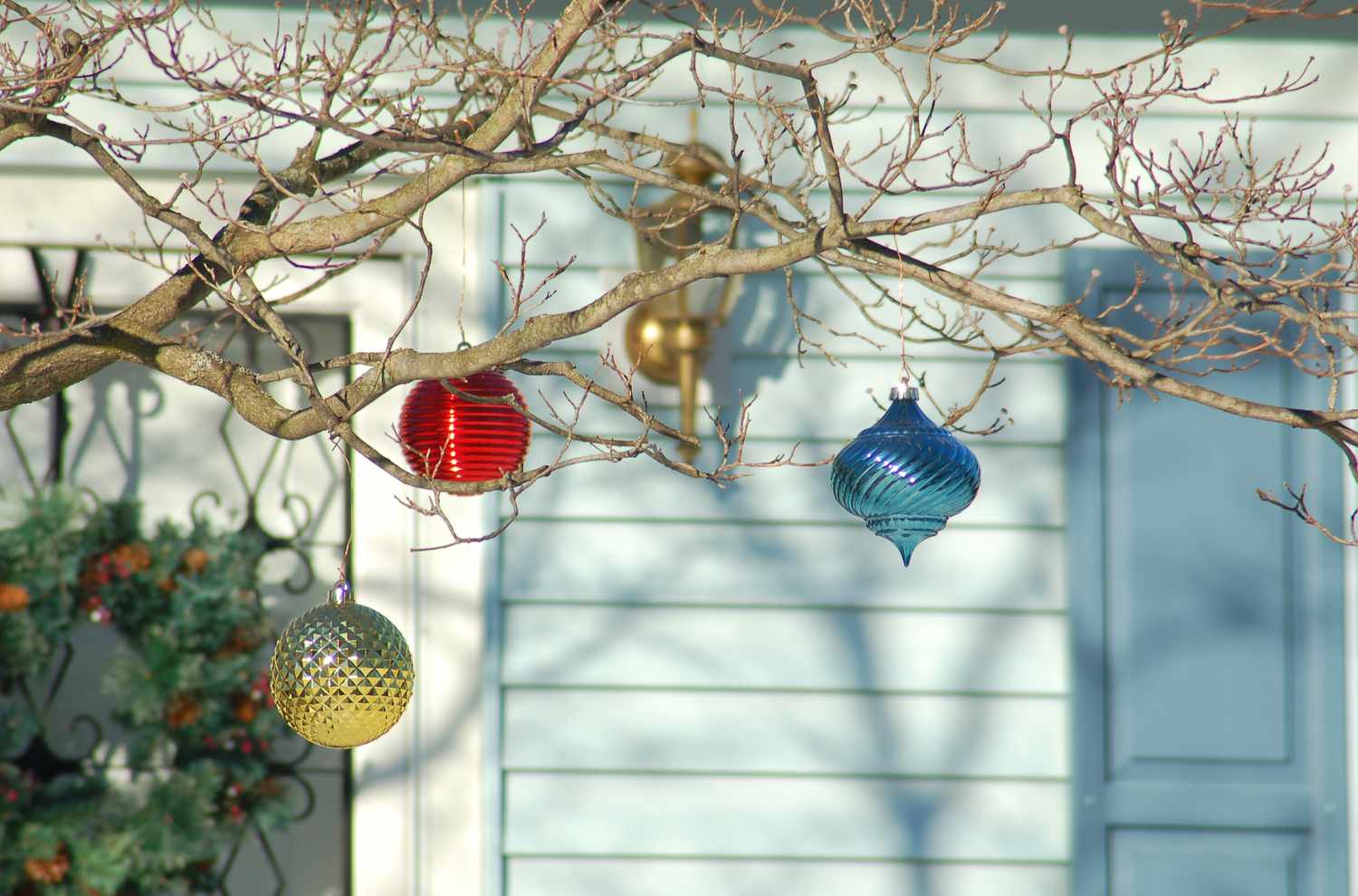
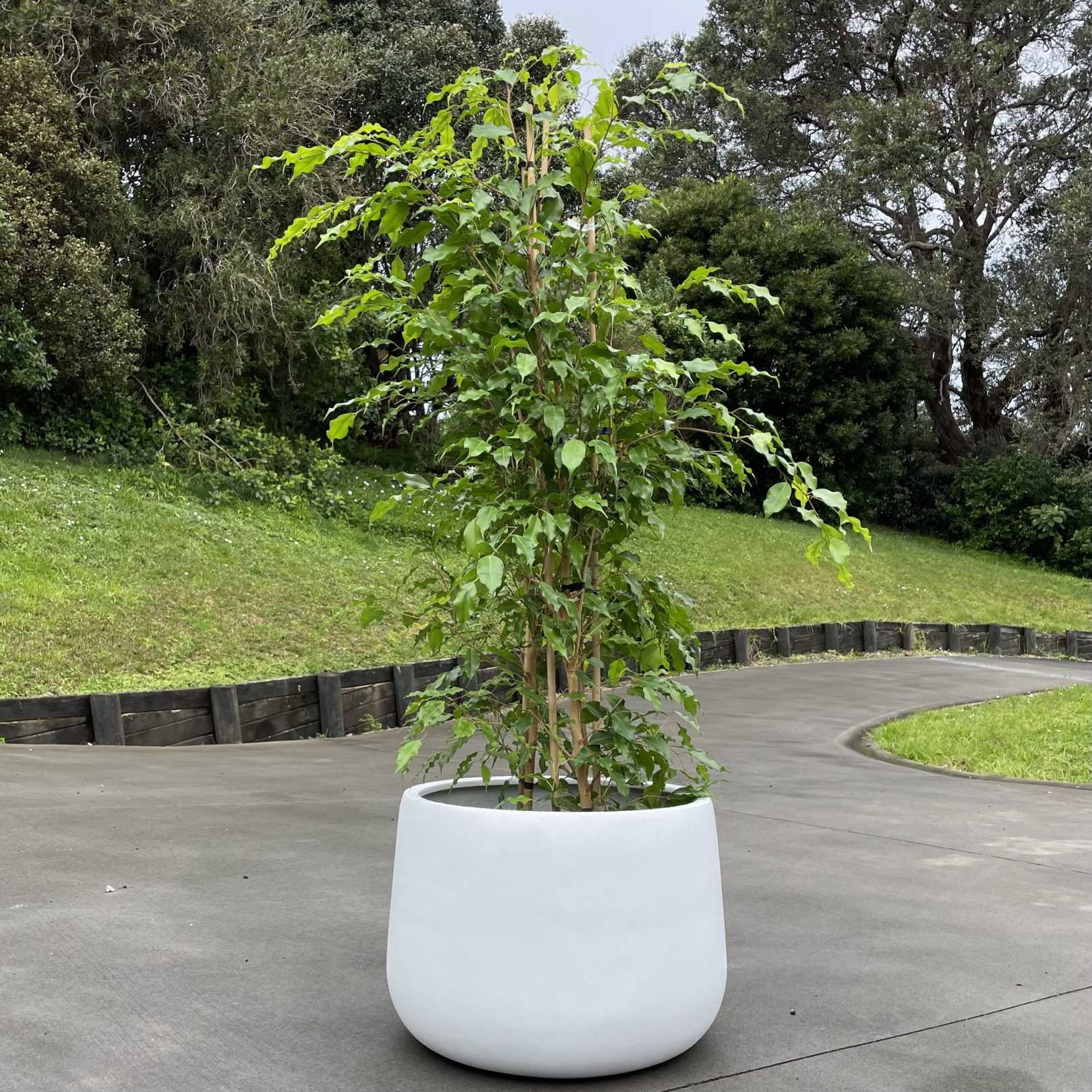
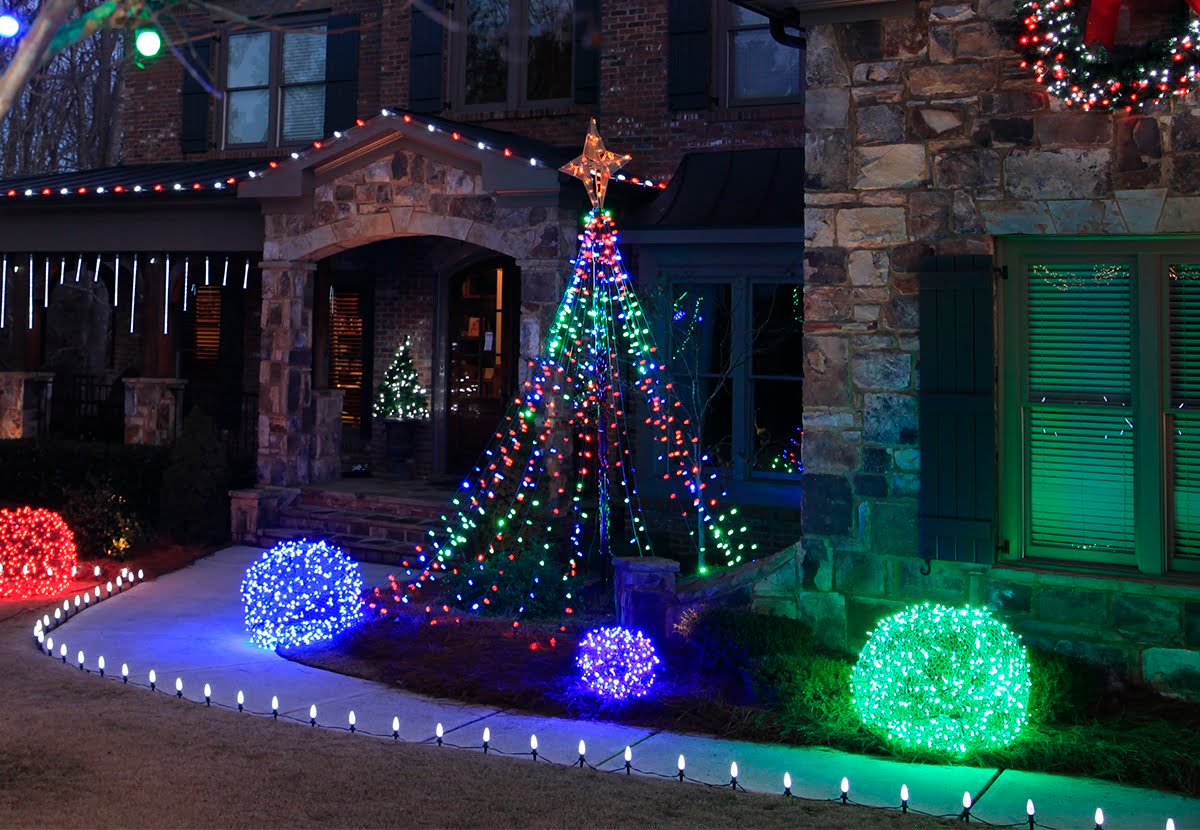
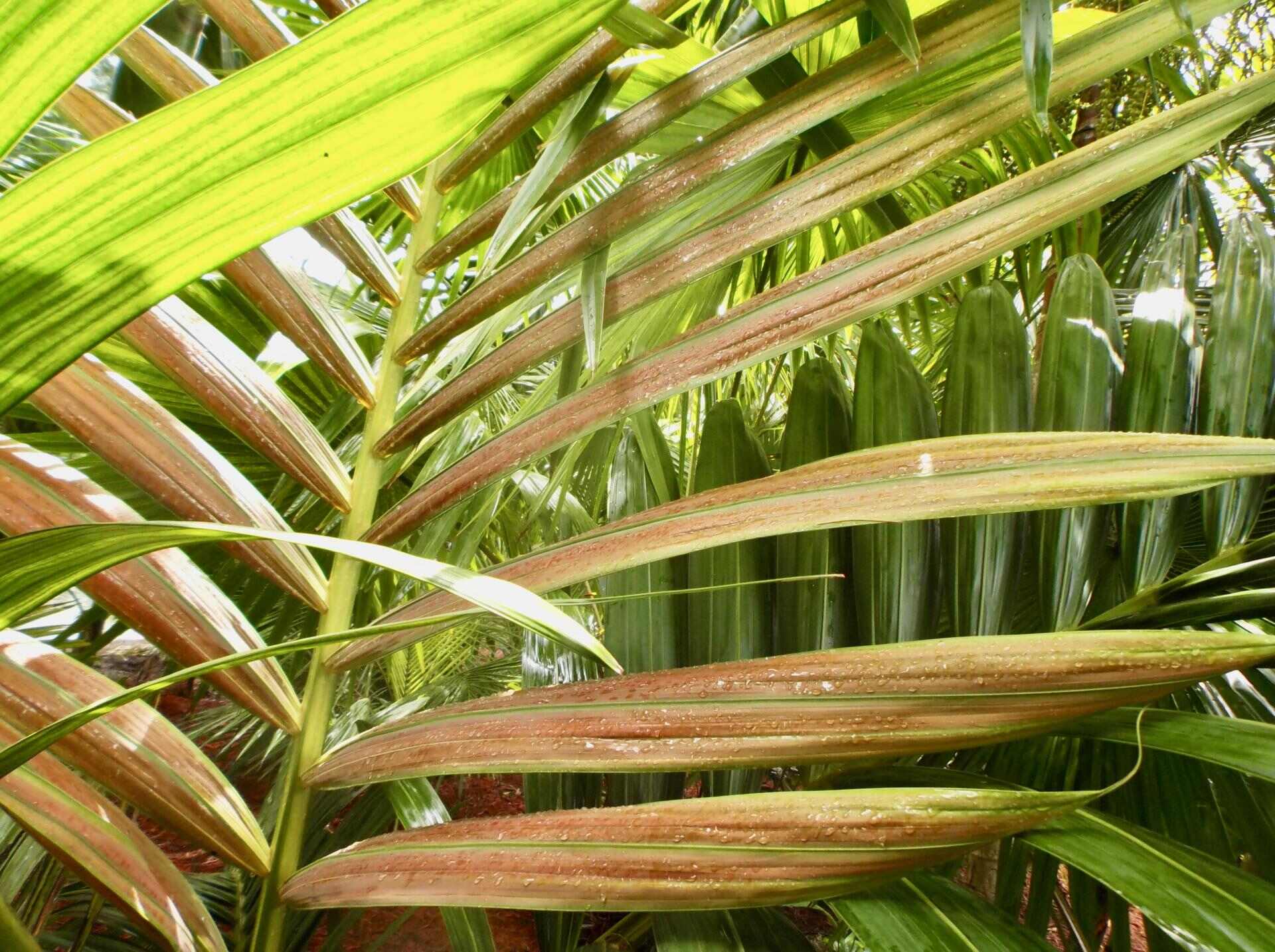
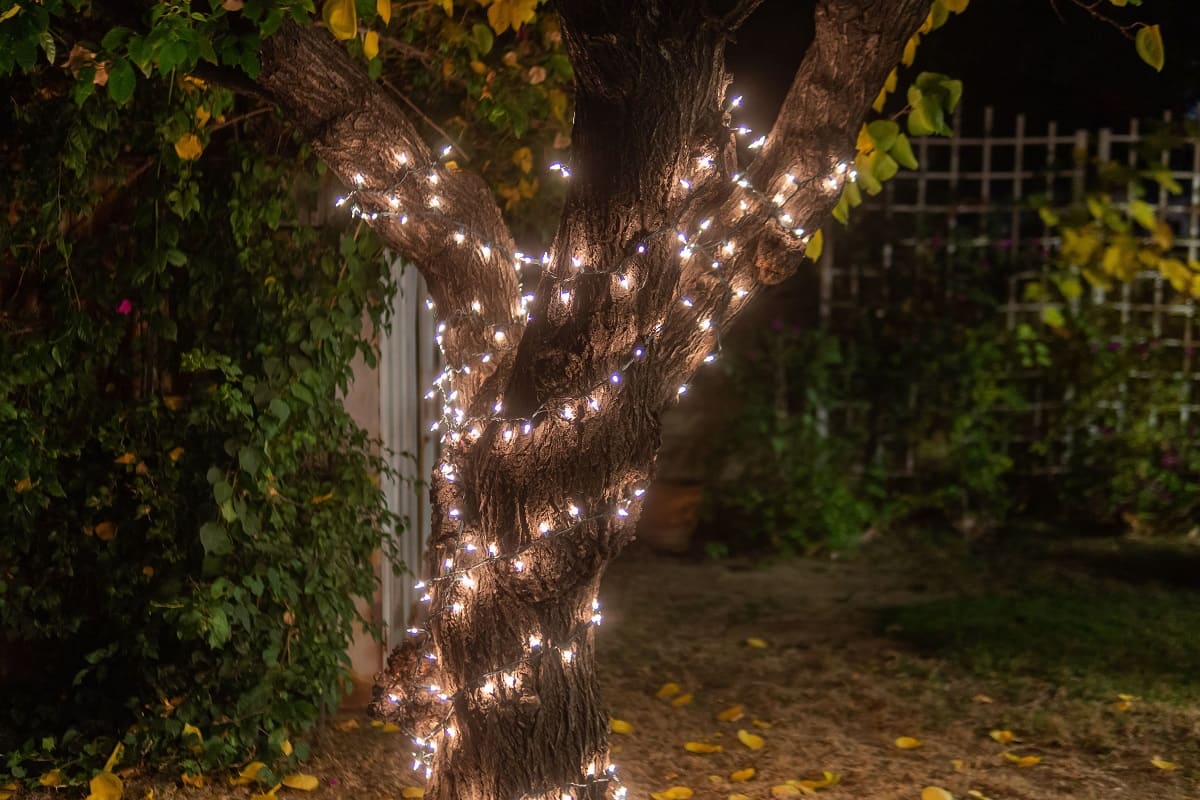
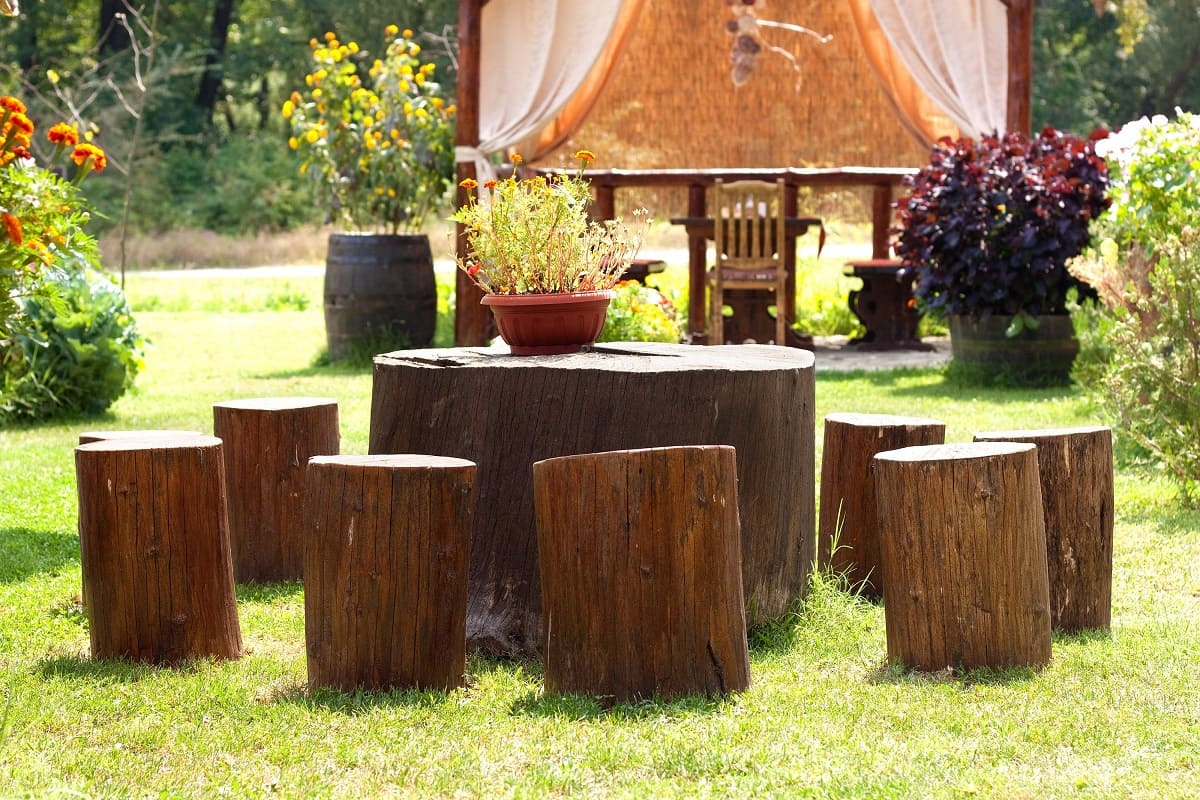
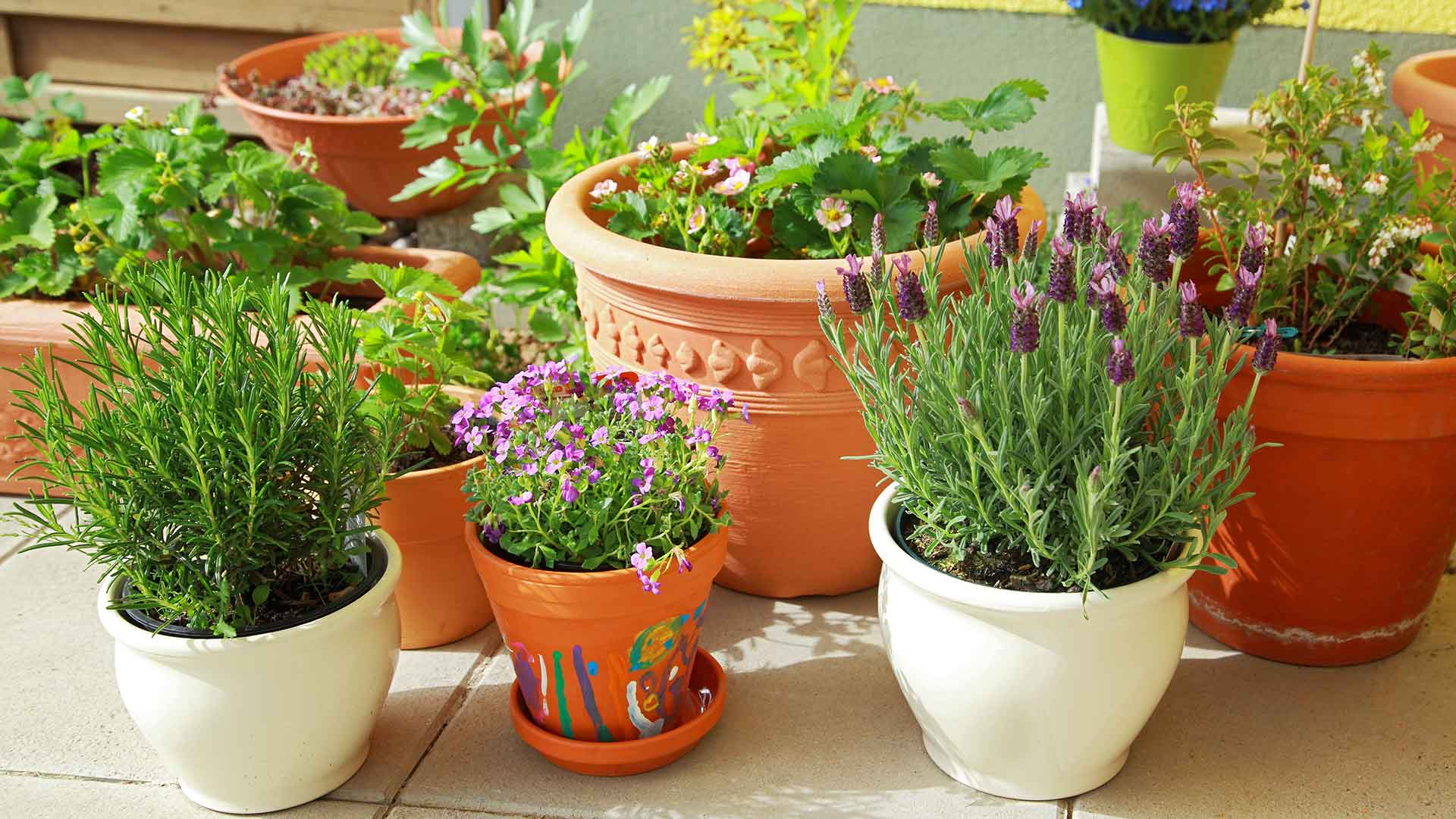

0 thoughts on “How To Care For Outdoor Potted Palm Trees”